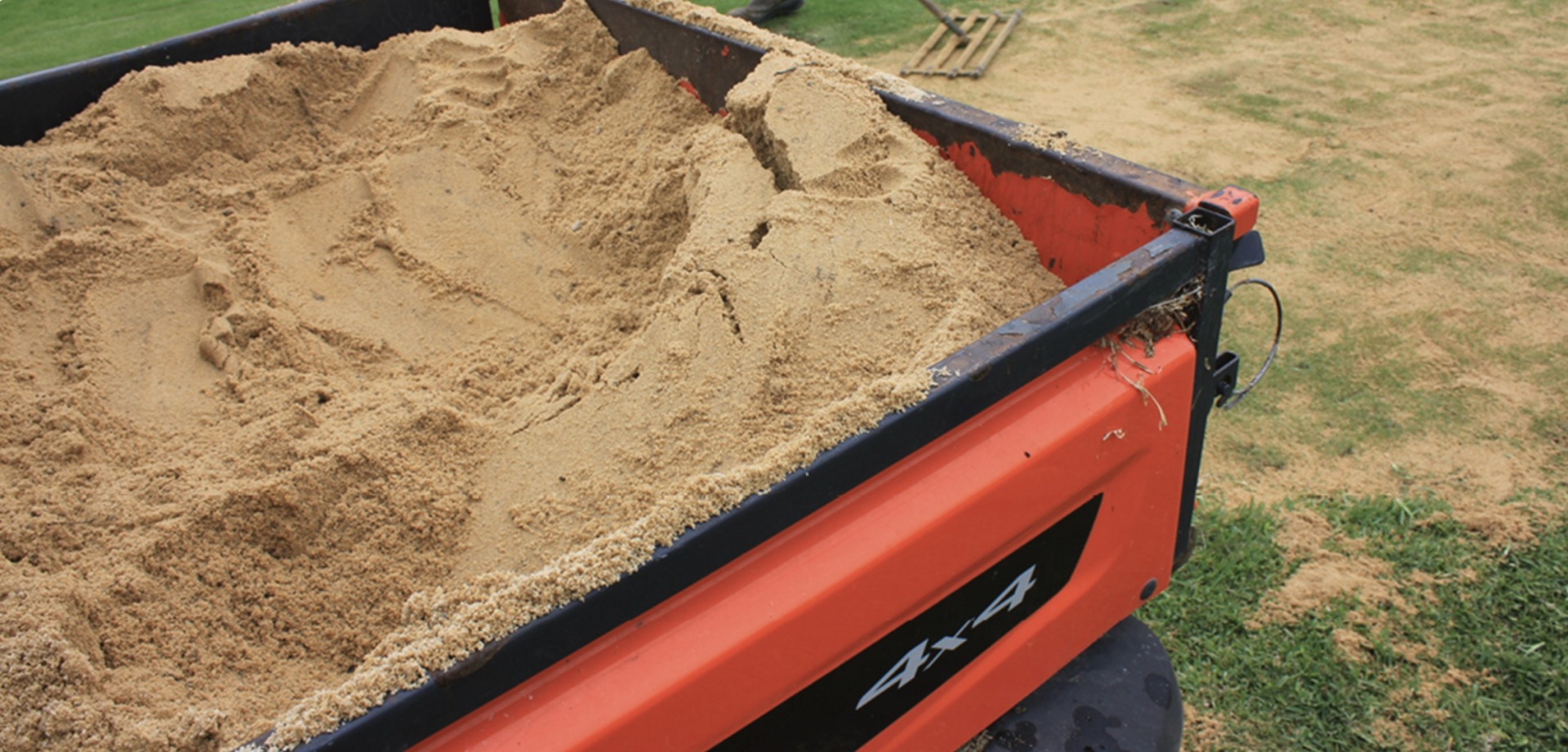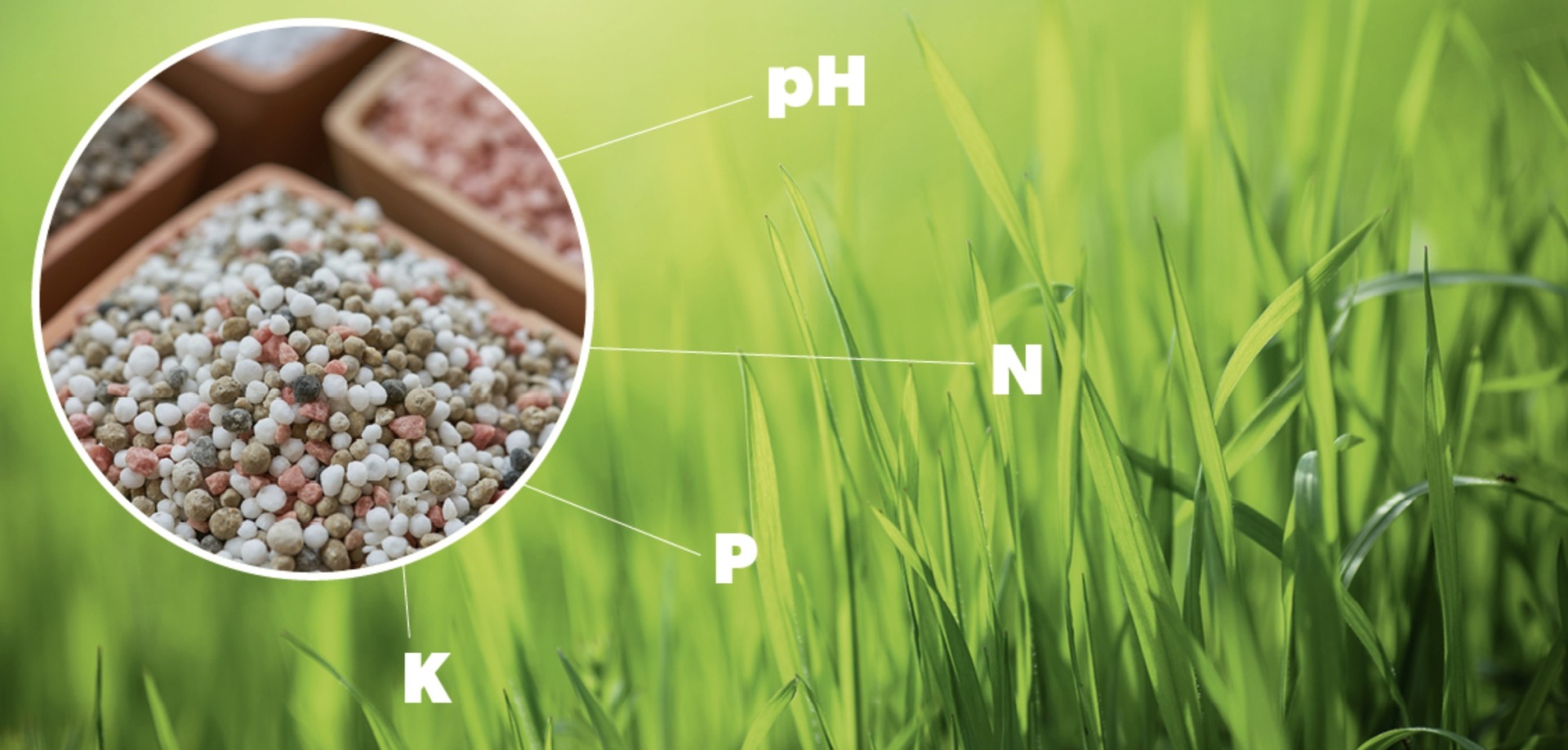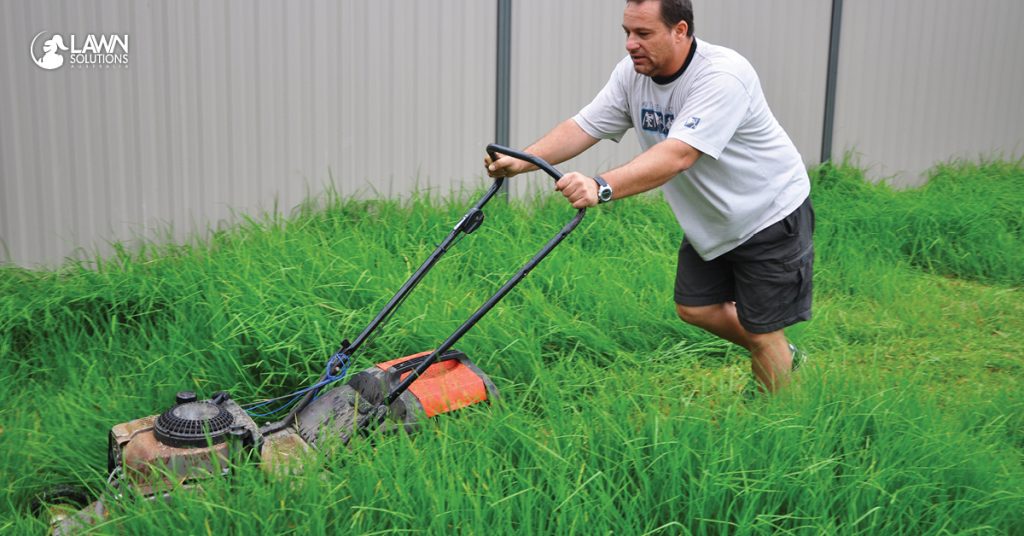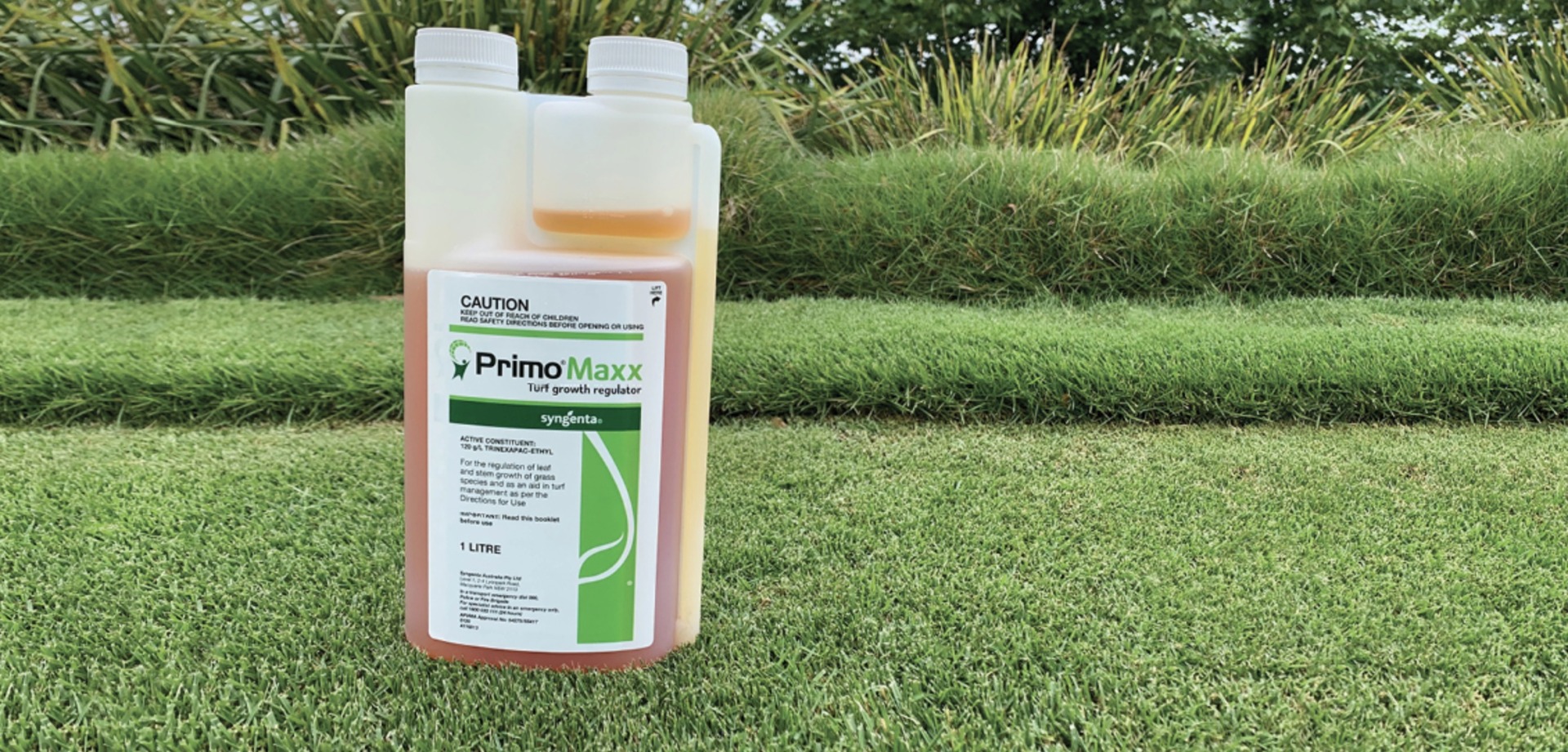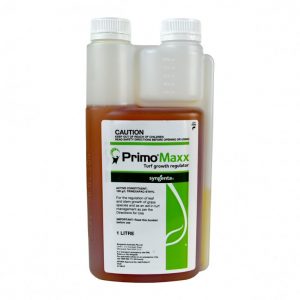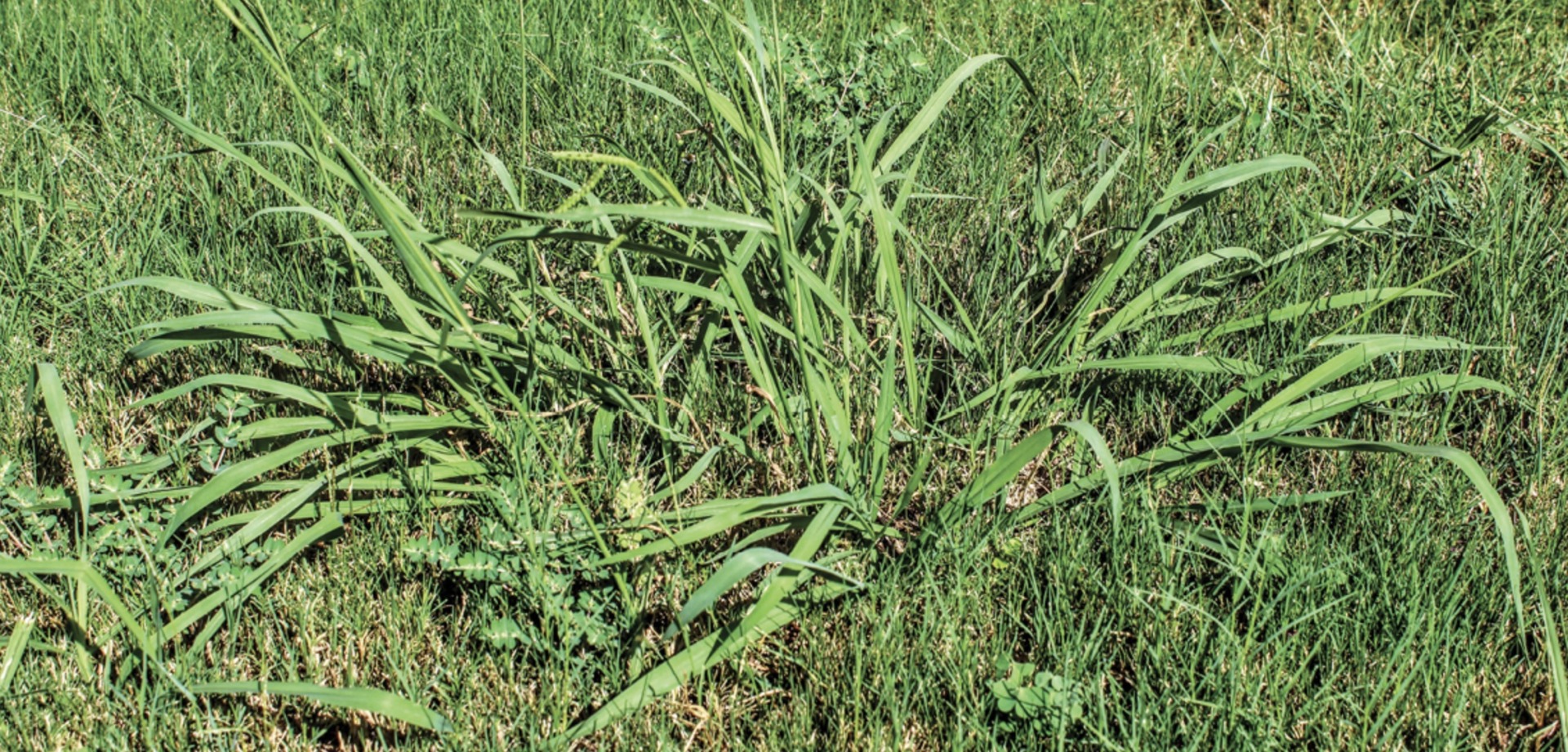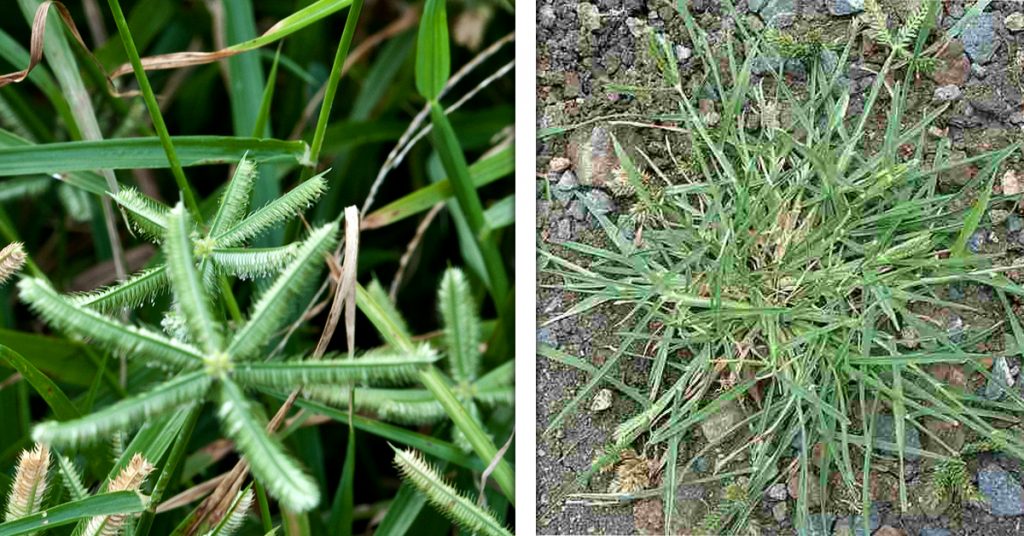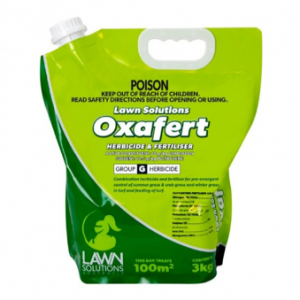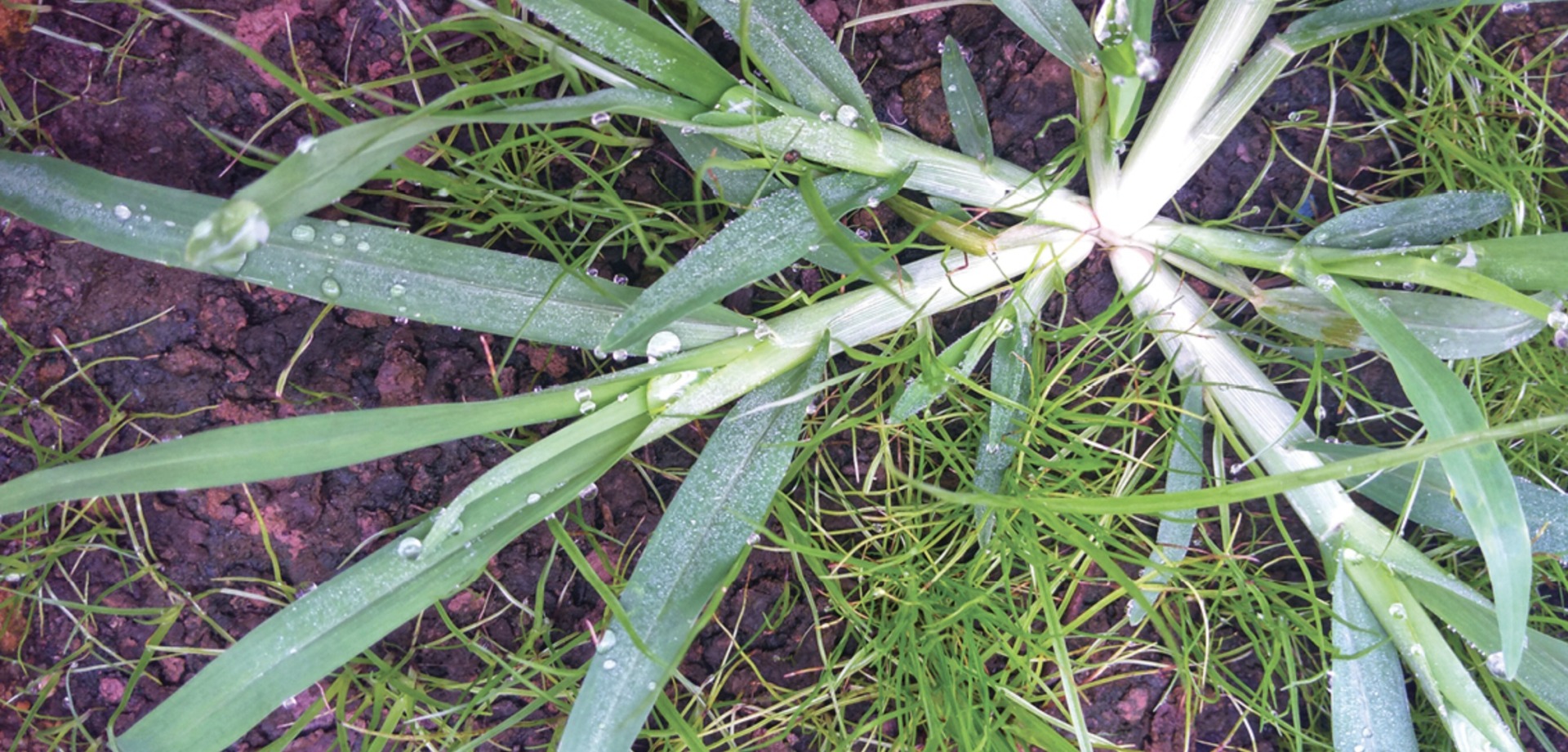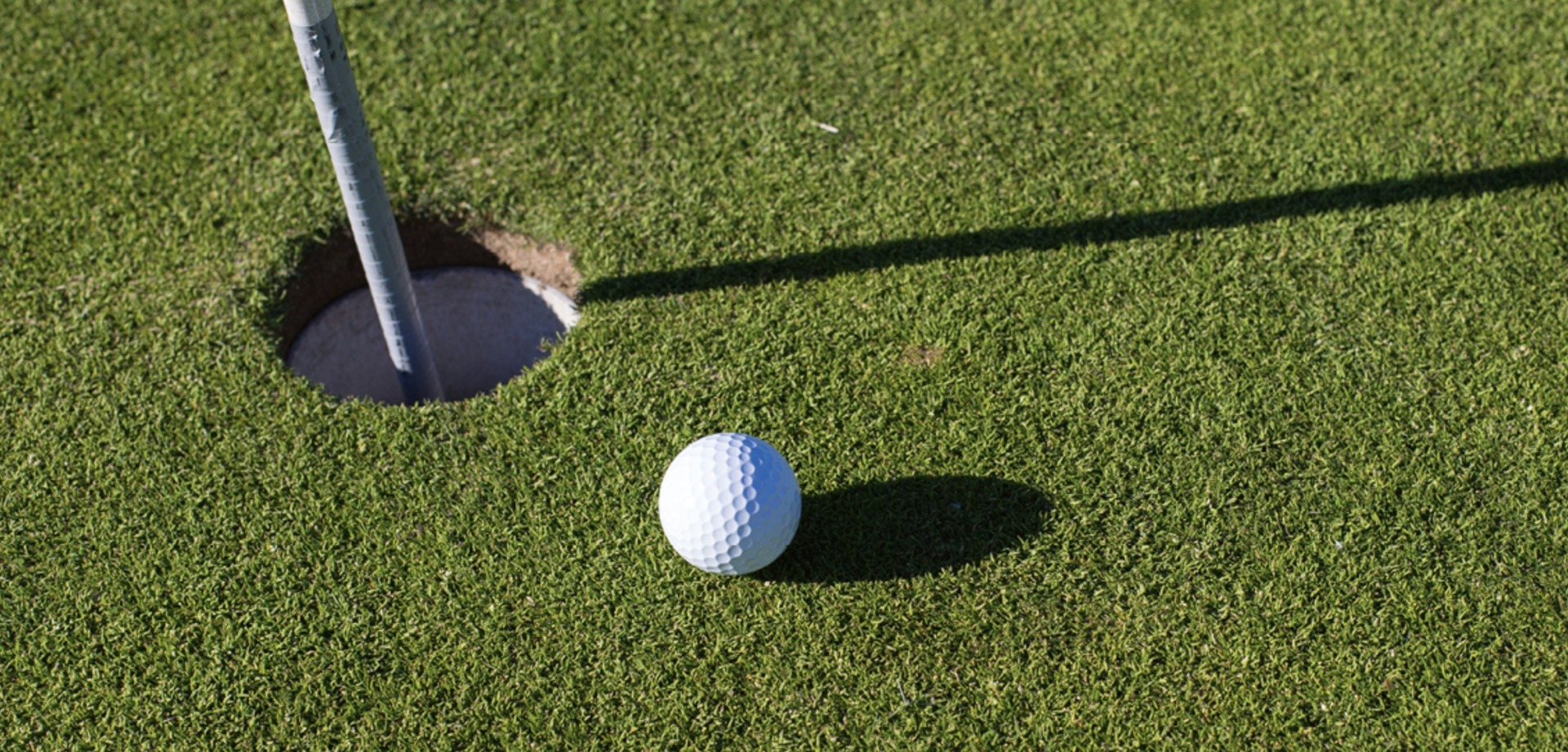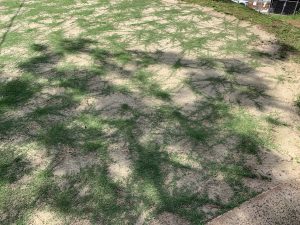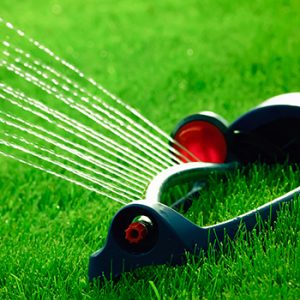What should I top dress my lawn with?
Top dressing brings many benefits to a lawn that is looking a little lacklustre, including helping to reduce the accumulation of dead grass clippings and stems, known as ‘thatch’. It helps to increase nutrient retention, improves drainage and increases disease and pest resistance.
Top dressing should only be completed during the growing season (this is when you need to mow your lawn weekly) and the earlier in the season the better. Generally, late spring to early summer is best.
Topdressing to Improve Levels
For a top-dressing material for level improvement, we always like to use washed plasterers’ sand. It doesn’t compact quite as hard as brickies sand. It is generally easier to screed and level due to the lower clay and silt content and reduces the likelihood of the surface crusting and becoming hydrophobic.
If you are wanting a really flat lawn surface and intend to mow your turf variety quite short, then straight sand is the go. Just be sure that within your broader lawn maintenance schedule that you include the addition of fertilisers and nutrients that your lawn needs. Lawns that are cut shorter will generally require additional inputs to help them perform at an optimum level.

Topdressing to Improve Soil Profile
Your lawn needs a firm base that allows water movement downwards and allows for water retention, so the turf roots system can develop and establish. The aim is to promote a healthy root system that will protect the turf from weather conditions such as droughts and winter frost.
A good soil base for most turf varieties should consist of the following:
- Washed river sand, medium to coarse particles – some % of clay is present which helps to compact and form a base.
- Some heavier soil is generally added which helps to hold moisture and mixed with the sand creates a free-flowing profile for water movement.
- A composted material is then added – again generally this can be a green waste, chicken or animal manure and some natural nutrients to help balance your pH levels.
This is where topsoil or sandy loam topdressing soils are necessary. If your lawn is lacklustre, compacted and lacking in nutrients, then you are best looking at applying a sandy loam. This is recommended for most lawn situations. These top-dressing soils are much the same as the soil or turf underlay that is spread prior to laying turf. These usually consist of a blend of 80% washed sand, combined with 20% black soil or organic material. If you have sandy soil, a higher proportion of organic material is a good idea.
It is also recommended to aerate your lawn prior to spreading topsoil, specifically core aeration. Removing cores from your lawn will create a space for the new topsoil material to fall into, helping it get deeper into the soil base where it is needed.

How to Top Dress
Topdressing should only be applied at no more than 5-10mm in thickness at a time. The sand or sandy loam should be rubbed in evenly using a lawn level bar, working the sand down into the turf thatch layer.
Preparing your turf for topdressing – if possible, apply a general-purpose fertiliser, wetting agent and water in well a couple of days prior. This will give your turf the growth required to surge through the topdressing sand.
For more information on top dressing click here.
Need fertiliser and wetting agents to assist your lawn in recovery?
As always, if you have any more questions please don’t hesitate to contact us for free expert advice on 1800ALLTURF (1800255873) or 07 5543 8304.
